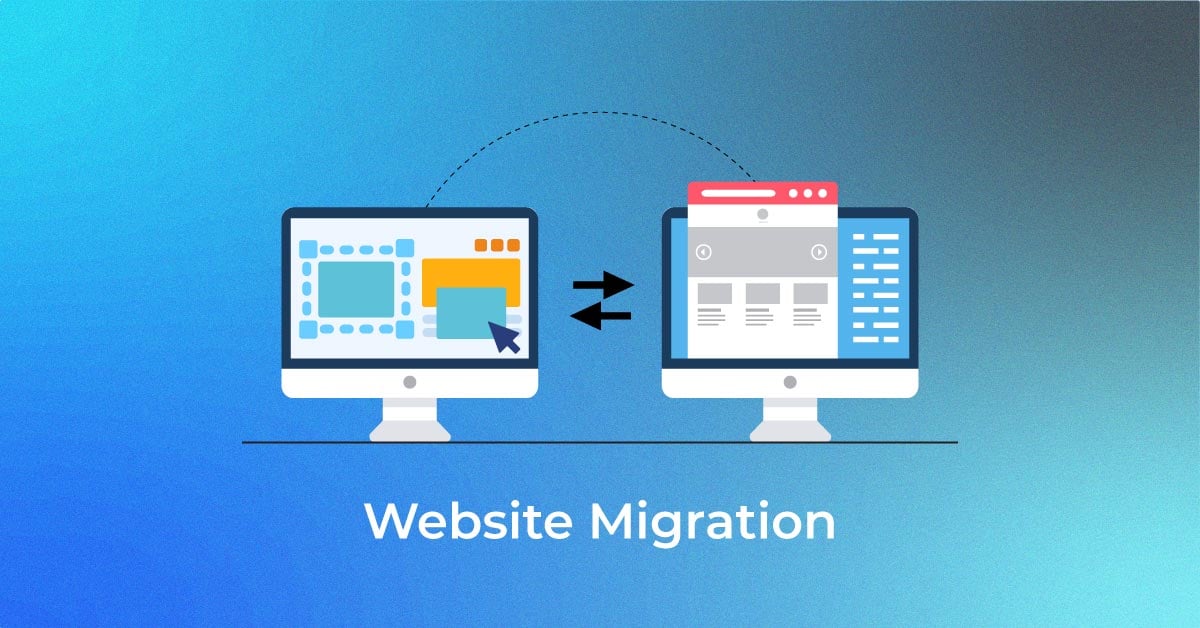
Business analytics and intelligence are often in high demand of the companies seek to use that data and information assets to improve customer relations, business outcomes, and the operational efficiency. Again, it has never been of extra challenge to cope up with the changing expectations and demands of a growing business intelligence and analytics user community. Information technology-driven app development canned business reports and the limited historical data access are no longer of effective satisfaction. Users want better analysis capability, visualization, and more control.
Organizations are keeping themselves with updated with emerging technologies to get a competitive advantage for the use of information and data. More information access is the most sought trend by these companies. Data volumes are often growing over the board with companies looking for new information sources that are generated from online customer behavior and social media. This is a trend that is scuffling tremendous in analysis (https://www.pagerduty.com/why-pagerduty/devops/) and access of information that is available in semi-structured and structured content courses.
1. Data Discovery Accelerates Self Service Business Intelligence and Analytics
From a business perspective, it is easy to identify the long-term and short-term trends in business intelligence. This provides the none tech savvy users with the necessary capacity to access, share, and analyze data on their own. However, this destination is not always easy to achieve. With information technology driving application deployment and development, the approaches to extend business intelligence analysis are slow and difficult. Getting the requirements right for the reports, data, drill-down, and visualization analysis capabilities is not satisfactory. By the time such requirements are gathered, requirements are identified by the users.
2. Unified Analysis and Access of Information Types to Improve Productivity
As the business intelligence and analytics tools get implemented to spread to many users in the company, one question will always rise. What about the information that is in the document and format alerts. There will be difficulty in finding this information whether it is unstructured or structured. If improved productivity is one of the business information measures, then business intelligence should help the users to analyze and access structured and unstructured information.
3. Big Data to Drive Customer Analytics Information from Social Media
Data information associated with customer response is one of the most sought data by the modern companies and organizations. It is also the major driver behind growth in implementation of the cultured analytics for pattern recognition and prediction concerning advanced data storage. In the olden days, companies always wanted to slice transactional data as well as interpret it through the demographic information. Advanced companies sought to get the data uncover the product affinities as well as its interpretation. As call centers and e-commerce proliferated, companies needed to expand customer analysis to include the recorded channels.
Picking the trends was not an easy task because the world today is in an innovation excitement concerning analysis and access to big data. As the IT infrastructure unfolds, the trends also keep growing over. This includes the worldwide adoption of mobile devices as well as the inclusion of cloud platforms in the industry.





